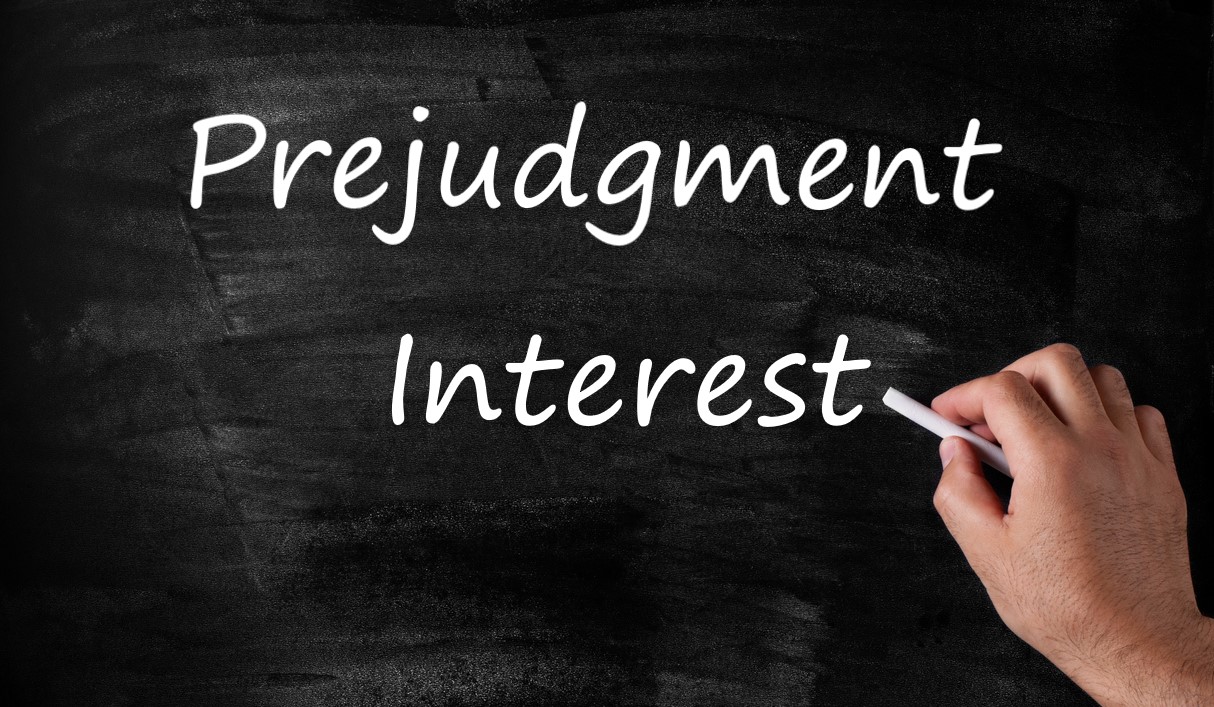In jurisdictions that don’t have attorney fee shifting statutes, insured are left with very few tools to level the playing field against the behemoth insurance companies. Depending on your jurisdiction, prejudgment interest could be used to help level that playing field.
Merriam Webster defines prejudgment interest as interest awarded to the prevailing party in a lawsuit as compensation for loss of the use of money from the time it is determined at trial to be due to the time final judgment is entered.
Under New York law, the utilization of prejudgment interest is defined by CPLR § 5001(a), which provides that such interest “shall be recovered” by a prevailing plaintiff in a breach of contract action or in an action involving “an act or omission depriving or otherwise interfering with title to, or possession or enjoyment of, property.” The use of the term “shall” has been defined by the courts to make prejudgment interest mandatory, not discretionary.1
CPLR § 5004 sets 9% as the statutory interest rate of pre- and post-judgment interest in New York. This could end up being a significant amount of money and could potentially exceed the amount of the award itself. In Corsiatto v. Maddalone,2 the prejudgment interest more than doubled a $200,000 malpractice award.
When does the interest start to accrue? The answer is in CPLR § 5001(b), which states:
Date from which computed. Interest shall be computed from the earliest ascertainable date the cause of action existed, except that interest upon damages incurred thereafter shall be computed from the date incurred. Where such damages were incurred at various times, interest shall be computed upon each item from the date it was incurred or upon all of the damages from a single reasonable intermediate date.
As you can see, this number can be significant in property damage claims that could take several years to litigate.
So, can’t the insurance company just get around this by removing the case to federal court? The answer is usually no. Federal court has jurisdiction over two types of cases. One is a where a case involves a federal question about federal law, usually not applicable. The other is if there is complete diversity between the parties (parties are from different states) and the amount in controversy exceeds $75,000. First-party property cases tend to be breach of contract claims which would fall under the diversity portion. The federal prejudgment interest rate is a variable rate but us usually far less that New York’s 9% rate.3 Luckily, diversity cases are controlled by the Erie Doctrine which states that prejudgment interest is determined by state law since interest is considered part of the substantive claim.4
I leave you with a quote from economic advisor Gary Cohn who said: “Our belief in free markets and a level playing field are values that make the world more free, fair, and prosperous.”
___________________________________________
1 Spodek v. Park Prop. Dev. Assoc., 96 N.Y.2d 577, 581 (2001).
2 Corsiatto v. Maddalone, 2013 NY Slip Op 30553, 2013 WL 1281020 (N.Y. Sup. Mar. 13, 2013).
3 The federal rate is equal to the weekly average 1-year constant maturity Treasury yield.
4 See Erie R. Co. v. Tompkins, 304 U.S. 64 (1938).




